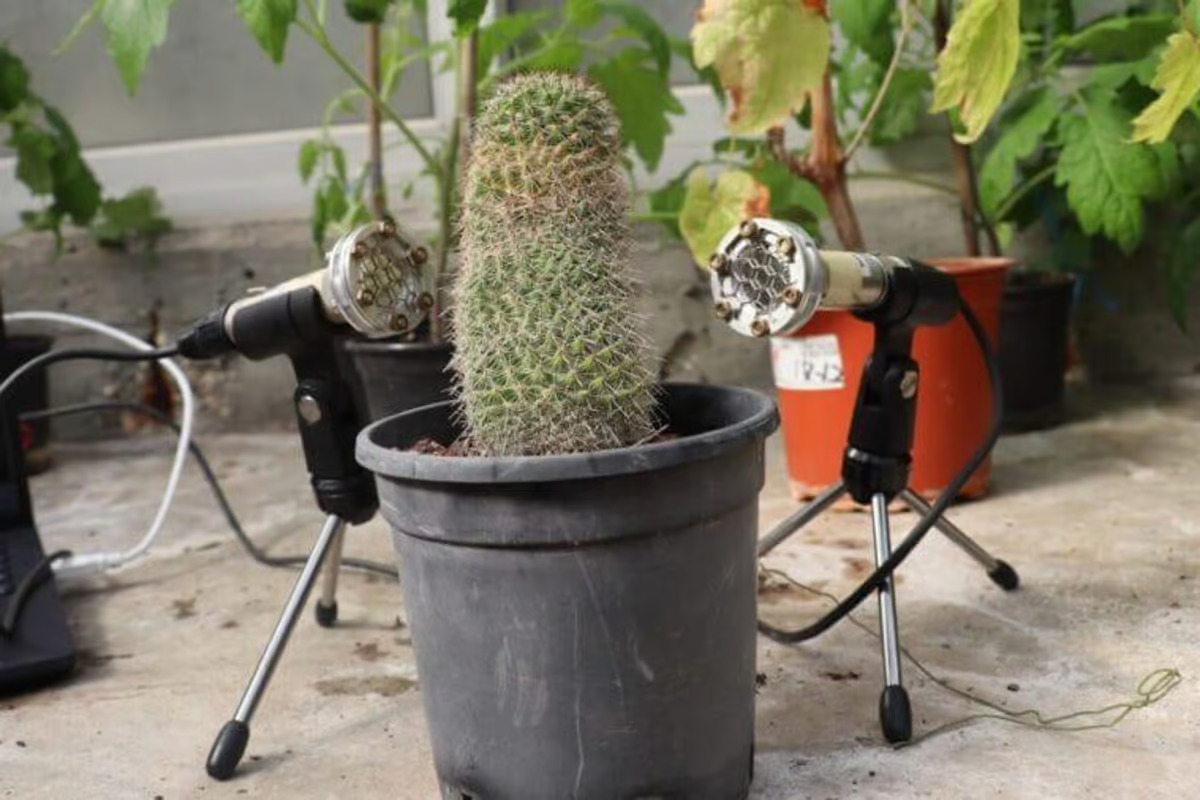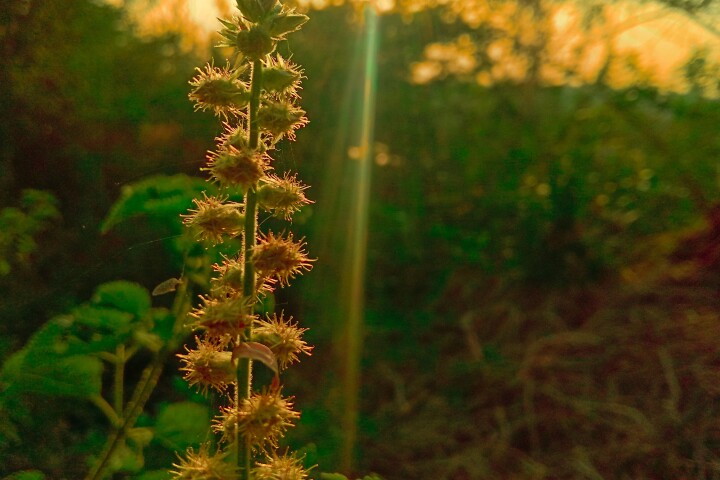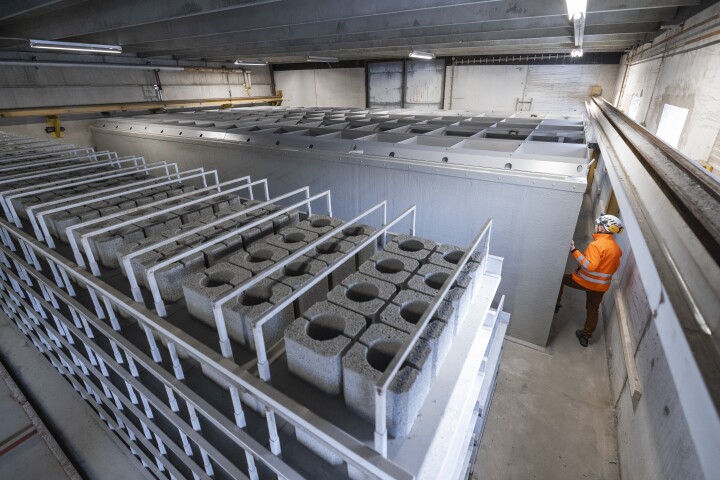 Special mics were used to pick up the ultrasonic sounds various plants make when stressed. Tel Aviv University –
Special mics were used to pick up the ultrasonic sounds various plants make when stressed. Tel Aviv University –
Researchers at Israel’s Tel Aviv University (TAU) placed tobacco and tomato plants along with a series of specialized microphones first in soundproof acoustic chambers, and then in less sound-isolating greenhouses. They then recorded the sounds the plants made as they were cut and deprived of water. They discovered that the plants make popping noises when they were put through these trials, but the noises are in the ultrasonic frequency, so while the mics could pick them up, human ears could not. However, say the researchers, the noise could be heard by other species, which could provide them with valuable information.
“It’s possible that other organisms could have evolved to hear and respond to these sounds,” said senior author Lilach Hadany, an evolutionary biologist and theoretician at TAU. “For example, a moth that intends to lay eggs on a plant or an animal that intends to eat a plant could use the sounds to help guide their decision.”
The stressed plants produced about 30 to 50 clicks or pops every hour, while unstressed plants were relatively quiet. The sounds made by the plants that were denied water peaked about five days into dehydration and died off after that, as the plant began to wither. The sounds could be heard up to 16 feet (about five meters) away.
While it’s unclear how or even why the plants make these sounds, one theory as to their production is the bursting of air bubbles inside the plant through a process known as cavitation. If that’s the case, the discovery would point less to any kind of active communication, but would instead indicate a mechanical reaction to stress. Still, the fact that the natural environment is full of these sounds means they could be an integral part of how ecosystems function.
Listening and learning
While discovering that the plants made acoustic noises when stressed was interesting enough, the researchers wanted to see if the sounds were different between plant species, or when exposed to different stressors. To find out, they used a machine learning algorithm which, after training, was able to tell the difference between the sounds made by the two types of plants and whether or not the sounds they emitted were from being cut or from being dehydrated.
This finding means that systems could be developed to monitor plants in agricultural settings to “listen” for clues to dehydration or other stressors. In fact, while the researchers focussed mostly on tobacco and tomato plants, they did spend a little time listening in on common crop plants such as corn, wheat and grapes, and found that those plants also made sounds when stressed. The same held true for cacti.
The next step for the researchers is to put their findings into a broader context.
“So now that we know that plants do emit sounds, the next question is – ‘who might be listening?,'” said Hadany. “We are currently investigating the responses of other organisms, both animals and plants, to these sounds, and we’re also exploring our ability to identify and interpret the sounds in completely natural environments.”
You can learn more about the study and hear the various sounds some stressed plants made (after being adjusted for human ears) in the following video.
The research has been published in the journal, Cell.
Source: Tel Aviv University
[Editor’s Note: Check out this interview with Cleve Baxter in the 1982 Nov 24 edition of the San Diego Reader newspaper: https://www.sandiegoreader.com/news/1982/nov/24/cover-the-backster-experiments/ ]
[Also see: Man, Minerals and Masters, by Charles W. Littlefield, Published by Sun Publishing Company in 1980 (reprint of the 1905 edition), ISBN 10: 0895400596ISBN 13: 9780895400598]
–
























